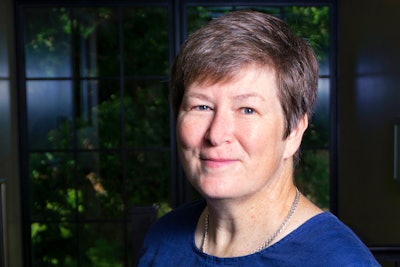Over the past year, Diverse: Issues In Higher Education has profiled higher ed institutions that rated well on the four Diverse Organizational Impact and Transformation (DOIT) pillars (I: Institutional Leadership and Commitment, II: Institutional Curricular & Co-Curricular Accountability, III: Institutional Climate and IV: Institutional Representation/Composition) following Coop Di Leu’s analysis.
Coe College, with a student population of approximately 1,400, is the only college or university to earn B or above on all pillars, including A grades for Pillar I, Institutional Leadership and Commitment, and Pillar III, Institutional Climate.
Dr. Paula O’Loughlin, provost, dean of faculty, interim dean of students and Title IX coordinator, joined the administration of Coe in 2016 when the college’s former president, Dr. David McInally, made DEI a cornerstone of the college’s strategic plan. She previously worked at a Native American-serving institution in Minnesota and came to Coe expecting that the commitment to DEI was genuine and would be thorough.
 Dr. Paula O’Loughlin
Dr. Paula O’Loughlin
Many institutions put DEI in their strategic plans, but it doesn’t happen without consistent conscientious effort, O’Loughlin says. Rather than making a list and looking to check boxes, Coe leadership made DEI a priority in all areas of college operations. This includes budgets, enrollment strategies and faculty and staff recruitment as well as inclusive planning for campus events.
McInally recruited several senior staff people, including O’Loughlin, associate vice president for human resources Kris Bridges and vice president for enrollment Julie Staker, to help figure out how to bring the commitments espoused in the strategic plan to life.
“There was nothing miraculous that I or the others did, but we believed in it and knew how to make the goals happen,” says O’Loughlin. “We made it a priority on every level, from what holidays we would celebrate and why to academic planning, board agendas, etc.”

















